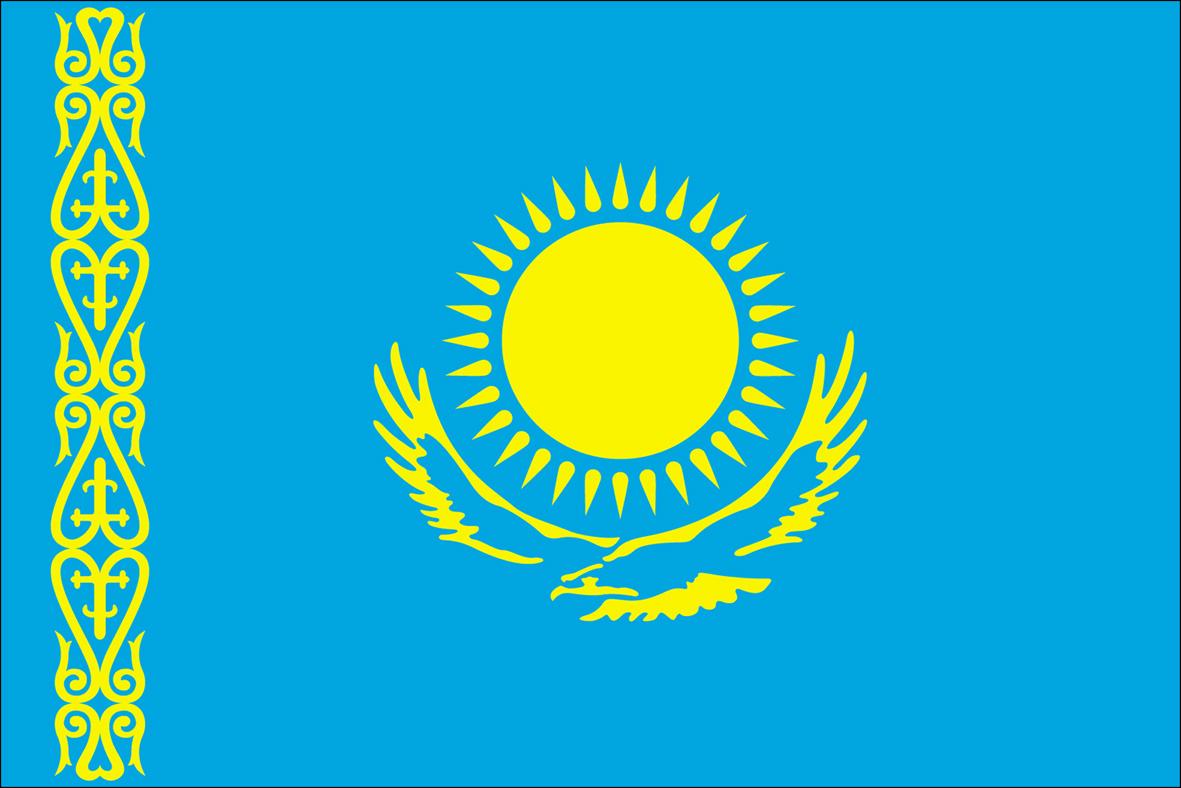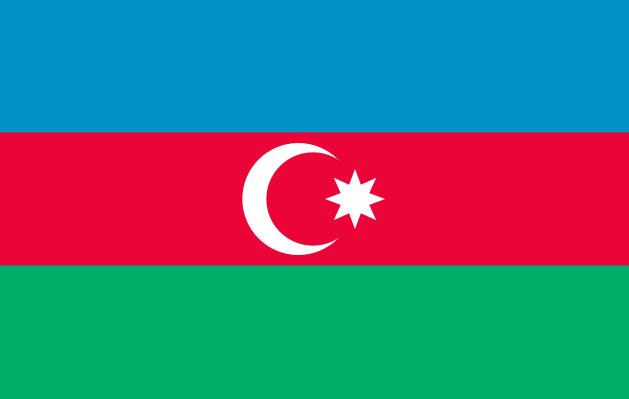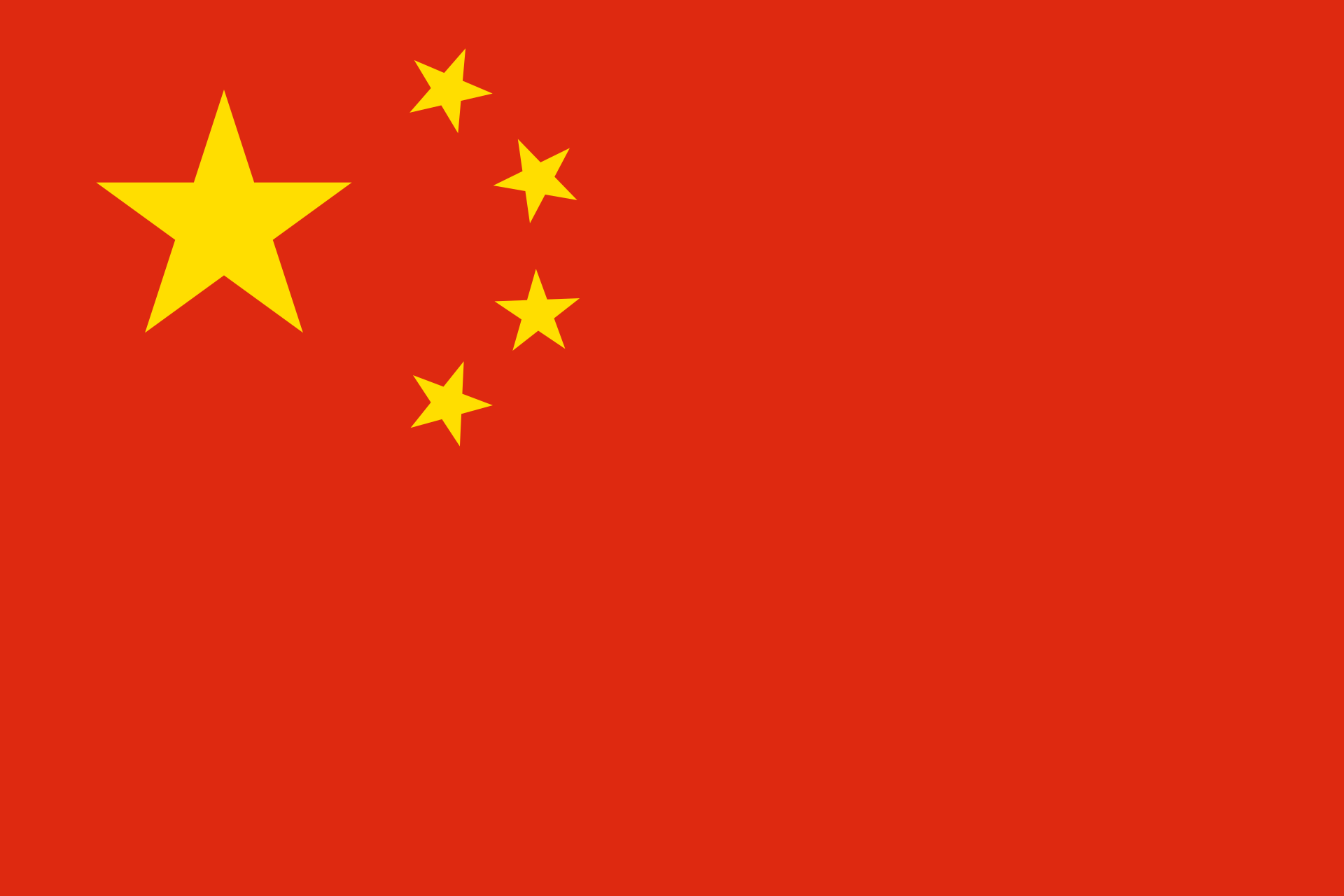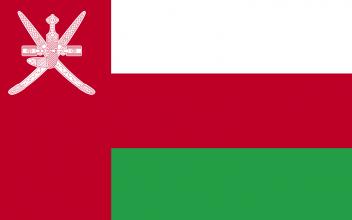Cultural Selection: Traditional Medieval Indian Sea-Charts
© Unsplash / Jordan MadridThe use of sea-charts as an aid to practical navigation has a long history in the Indian Subcontinent that is closely linked to the Maritime Silk Roads.
Based on artefacts such as cosmological drawings, surveying instruments and measuring rods some historians have estimated that the Bronze Age civilizations of the Indus valley (2500 - 1900 BCE) may have produced forms of basic cartographic material. Later, the Roman historian Strabo noted a considerable increase in Roman maritime trade with the western Indian Subcontinent after the year 30 BCE. On his return voyage from China to Venice in the 13th century CE, Marco Polo reported observing Indian sailors and navigators using traditional or ‘handmade’ sea charts. Two centuries later, Vasco de Gama was guided by a Gujarati sailor in possession of a chart of the ‘whole coast of India’ on his passage from East Africa to the Indian subcontinent.
Apart from being an aid to navigation, traditional sea-charts were perceived as tools to obtain great wealth, and hence were prized treasures guarded in secrecy from rivals and competitors. Separate from the academic realm of cartography and geography, sea-charts were practical and functional in approach and were based on sailors’ experience and observations, with limited application of theory. They were sparse in detail and included only the relevant information essential for safe and efficient passage from place to place.
Due to the fact that surviving examples of such medieval sea-charts from the Indian, Arab or African shores are rare, the history of the evolution of the use of sea-charts in these coasts is difficult to trace. Despite the relative lack of the surviving written record, evidence of the nature of traditional sea-charting has been gathered from sections of the west coast of the Indian subcontinent, notably from Kutch, Saurashtra, Gujarat, and Malabar regions and Lakshadweep islands. From this evidence, it is possible to identify different phases in the evolution of these charts. These stages in the evolution of the traditional sea charting began with the use of the ‘Pole’ or ‘North’ star as a navigational aid around the beginning of the Common Era. These stages were followed by the developments in projecting the earth onto a plane (azimuthal projection), the inclusion of cartographic roses (a figure on a map used to display the orientation of north, south, east, west), the creation of individual charts for specific ports and harbours, and eventually, the development of sea charts covering vast sections of ocean.
Medieval Indian sea-wisdom and sea-lore, which was often transcribed or shared in a local dialect, as well as navigational aids from the Indian subcontinent, reflect an immense cumulative wisdom of the sea-borne art of continuous interaction with other sailors from various parts of the world. This practical experience and field observations of the skies and stars and the weather and winds constituted a sort of ‘folk’ knowledge of the maritime Silk Roads whereby any information which aided safe and efficient maritime travel was highly valued.
See also:
Intercultural Elements of the Silk Roads in Korean Buddhist Art
Indian and European Influences on Persian Miniatures
Buddhist sites along the Silk Roads of the Nepal Region
Coastal Ornamental Patterns in Java Island
Central Asian Influences in Korean Music
Chinese Influences in Anatolian Arts
Mongolian Influences on Iranian Arts
Bengali Artistic Influences in Southeast Asia
The Warehouse of Qal’at al-Bahrain




